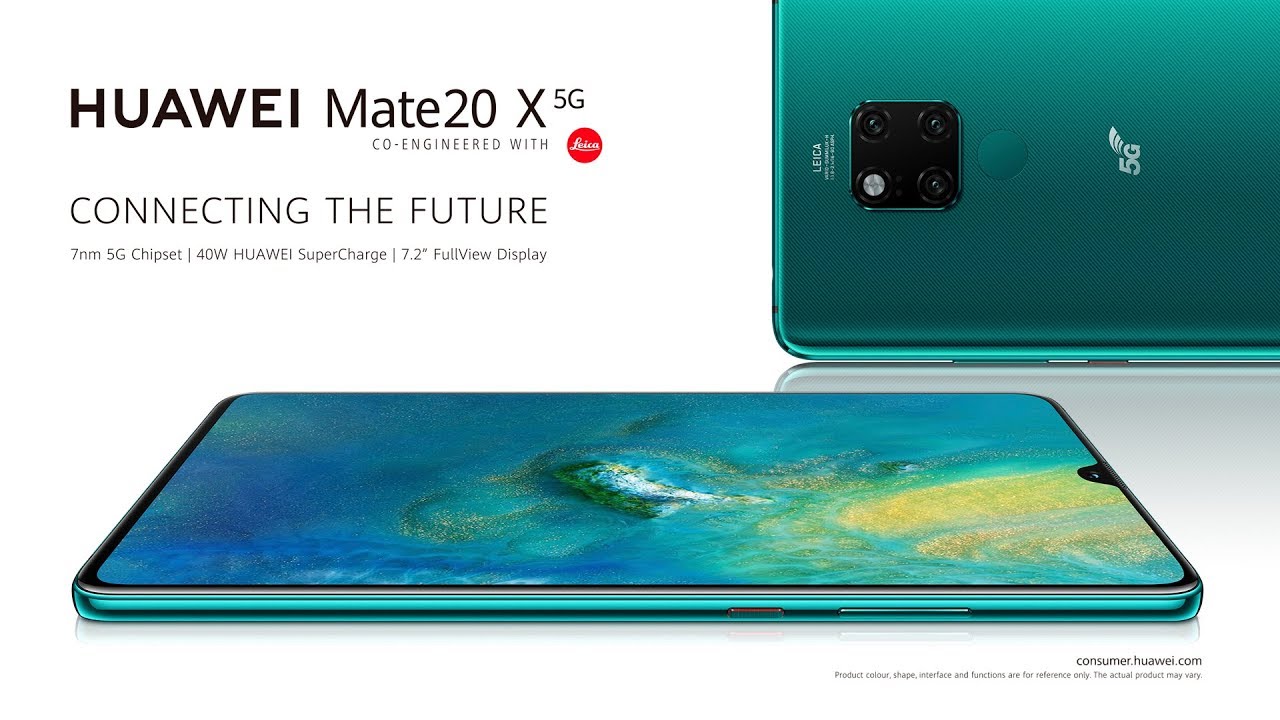News
Vodafone UK wants to add Mate 20 X 5G in its device line-up

Vodafone has launched its commercial 5G services in the UK and its boss now seeking to add Huawei’s 5G smartphone in their line-up of devices after the US restrictions abandoned operators from launching Huawei’s smartphone.
Would you like to see Huawei Mate 30 Pro’s camera setup like this?
Nick Jeffery, Vodafone UK chief executive officer, said the mobile phone operator wants to add Huawei Mate 20 X 5G to its current 5G smartphone range, reported TheTelegraph.
“We are always going to comply with government guidance and advice and relevant laws,” Jeffery said, “but if it is possible for us to sell a wider range of 5G devices, and in particular Huawei ones, then we will.”
Following the US trade restrictions, Vodafone and EE pulled Huawei smartphones listing over the concerns on doubts whether Huawei’s phone won’t receive future software upgrade and security patches from Google.
In May, The US commerce department blacklisted Huawei and stopped it from buying components and software from the U.S. technology firms. After this Google decision to stop providing software services raised concerns in many of the retailers and business partner, as a result, they stopped purchasing new stocks as well as abandoned taking new orders from the consumers.
Following this story, on June 29, Trump announced ease in trade restriction for Huawei, in which the company will be allowed to resume its purchase from the U.S. tech firms. This decision once again opened new doors for Huawei.







